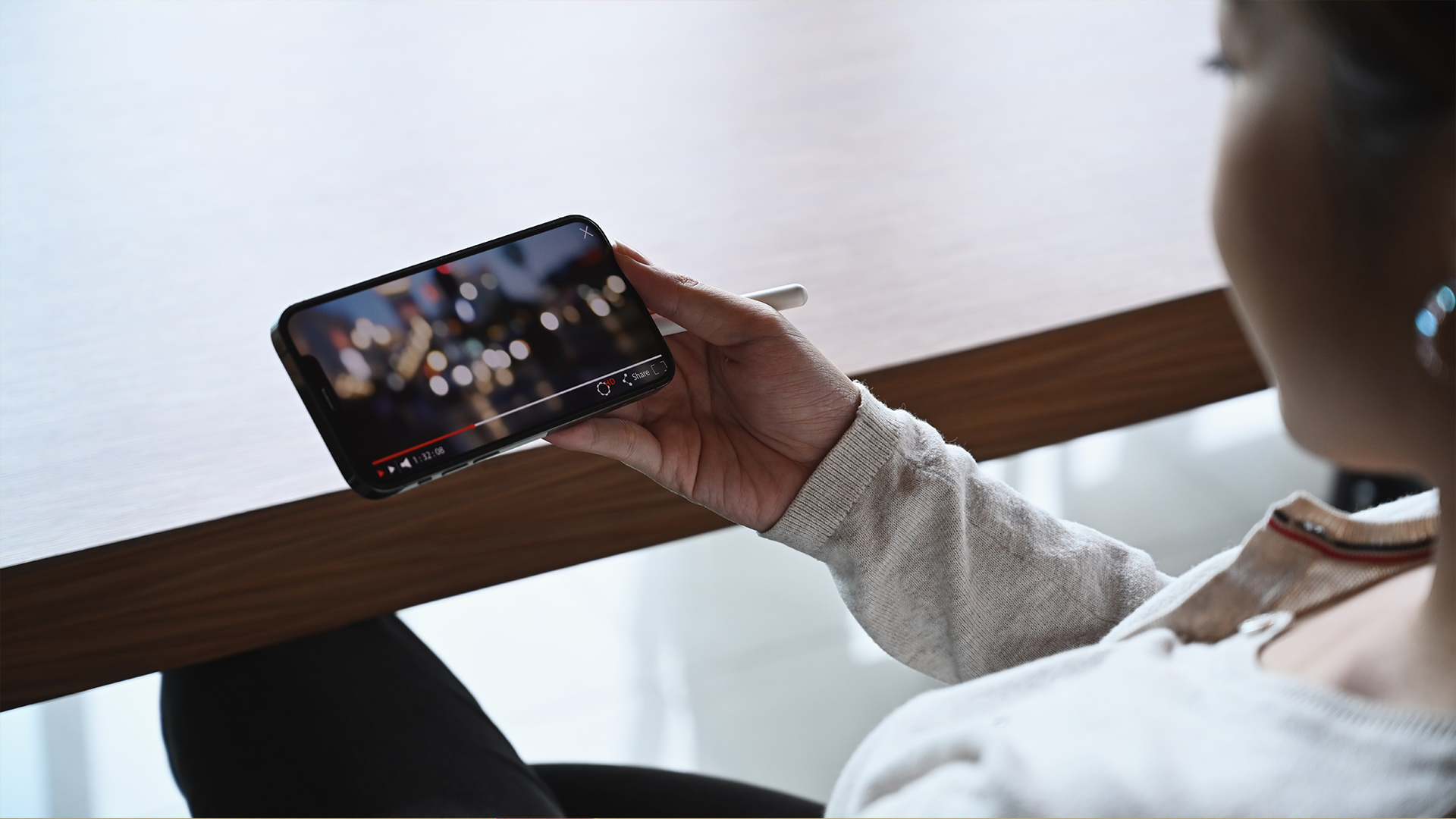Selling in 2025? Yeah, hard sells are out. Nobody wants to feel like they’re being pitched at by a used car dealer in the middle of their scroll session. But you still have something to promote—whether it’s your merch, your course, your affiliate link, or your brand collab.
So, how do you sell without sounding like you’re selling?
Welcome to the world of soft selling. It’s subtle, smart, and surprisingly effective when done right. Let’s break down how to make viewers say “Take my money,” without ever hitting them with “Buy now!”
What Is Soft Selling?
Soft selling is all about building trust and curiosity rather than pushing urgency or hype. You’re not pressuring someone to take action. You’re making them want to, by showing how your offer fits naturally into their world.
It’s less infomercial, more “Hey, I use this and it works. Thought you’d want to know.”
Think of it like planting seeds instead of waving a neon sign.
The Problem with Pushy Tactics
You’ve seen the videos. The ones that scream:
- “YOU NEED THIS RIGHT NOW!”
- “Limited time only!”
- “Link in bio! Don’t miss out!”
Sure, these can work in some niche sales funnels, but on short-form video platforms like TikTok, Reels, and Shorts? They often just get scrolled past—or worse, trigger the “ugh” reflex.
People come to these platforms for entertainment, relatability, and inspiration. If your content feels like a straight-up ad, they’re gone.
Soft Selling = Storytelling + Subtle Value
Your job is to wrap your offer inside something useful, funny, emotional, or interesting. That’s what makes people stick around—and eventually buy.
Let’s look at a few formats that work wonders.
The “This Helped Me” Angle
People love mini stories. And they love to see things that solve problems. So instead of saying “Buy this,” try something like:
- “I used to forget everything—this one planner layout changed that.”
- “I didn’t think I’d actually stick to budgeting until I tried this.”
- “This app low-key saved my sanity last week.”
You’re not selling. You’re sharing. And if your audience relates to the pain point, they’ll be curious enough to check it out.
Normalize the Mention
Instead of building up to a product plug, casually drop it like it’s part of your routine.
Example:
- “So I just finished editing with my usual setup—this preset pack I made still surprises me.”
- “Here’s how I map my content each week using my own Notion template.”
- “A bunch of you asked about my captions—I made a quick guide and linked it.”
It’s low-pressure and feels natural, like a friend giving a rec.
Show, Don’t Pitch
Let the product speak for itself. Use it. Highlight how it fits into your day. Show the result.
Don’t say, “This saves time.” Show the before-and-after. Film the real workflow. Share your actual screen.
You’re not convincing people with words. You’re letting them experience the benefits visually.
Answer the Silent Questions
Your content should answer the exact questions viewers are thinking but not asking (yet).
Like:
- “Does this actually work for someone like me?”
- “Is this going to be a pain to set up?”
- “What’s different about this vs. the free stuff?”
If you preemptively address these in your video, it builds trust. And it makes clicking your link feel safer.
Use Relatable Humor
Humor is disarming. It lowers people’s guard and makes them more receptive—even to sales content.
You don’t have to be a comedian. Just poke fun at common struggles related to your product.
- “Me trying to manage time with 6 tabs open and a to-do list written on a napkin.”
- “I bought this out of desperation at 2am and... turns out, I’d do it again.”
- “The face I made when this thing actually did what it promised.”
Make them laugh, then slide into the soft sell.
The Chill CTA
Call-to-actions don’t have to sound like a pitch. Try:
- “It’s in my bio if you wanna check it out.”
- “Link’s there, no pressure.”
- “Saved me a headache—might help you too.”
People appreciate low-key honesty. If your content was valuable, many will take action on their own. You just need to leave the door open.
Repeat, Don’t Overwhelm
Repetition works. But don’t cram the same CTA into every video. Instead:
- Rotate between value-first, story-based, and soft CTA posts
- Mention your offer casually in comments, DMs, or captions
- Let viewers discover your offer through curiosity
Trust builds over time. Keep delivering and people will start checking your links because they trust you—not because you told them to.
One Product, Many Angles
Don’t keep saying the same thing about your offer. Instead, try:
- Results-focused: “This helped me land more clients.”
- Emotional angle: “Finally felt like I wasn’t overwhelmed.”
- Behind-the-scenes: “What actually goes into my template pack.”
- User-focused: “You guys asked for this feature—it’s now in the latest version.”
This keeps the content fresh and the product relevant, without ever sounding repetitive.
Soft Selling Works Long-Term
Here’s the deal: hard sells can spike clicks. But soft selling builds trust, repeat buyers, and loyal fans who tell their friends.
It’s the difference between:
- “I saw this on TikTok and bought it”—maybe once
vs. - “I follow this creator, and I trust their stuff”—over and over again
If you’re playing the long game (and you should), soft selling is how you build a brand, not just a quick sale.




